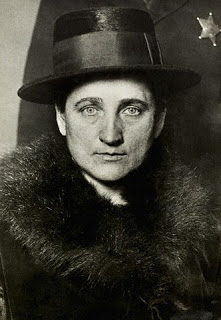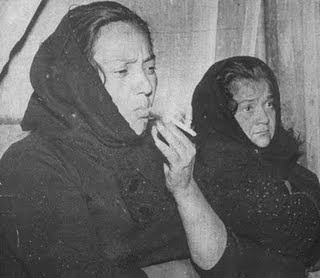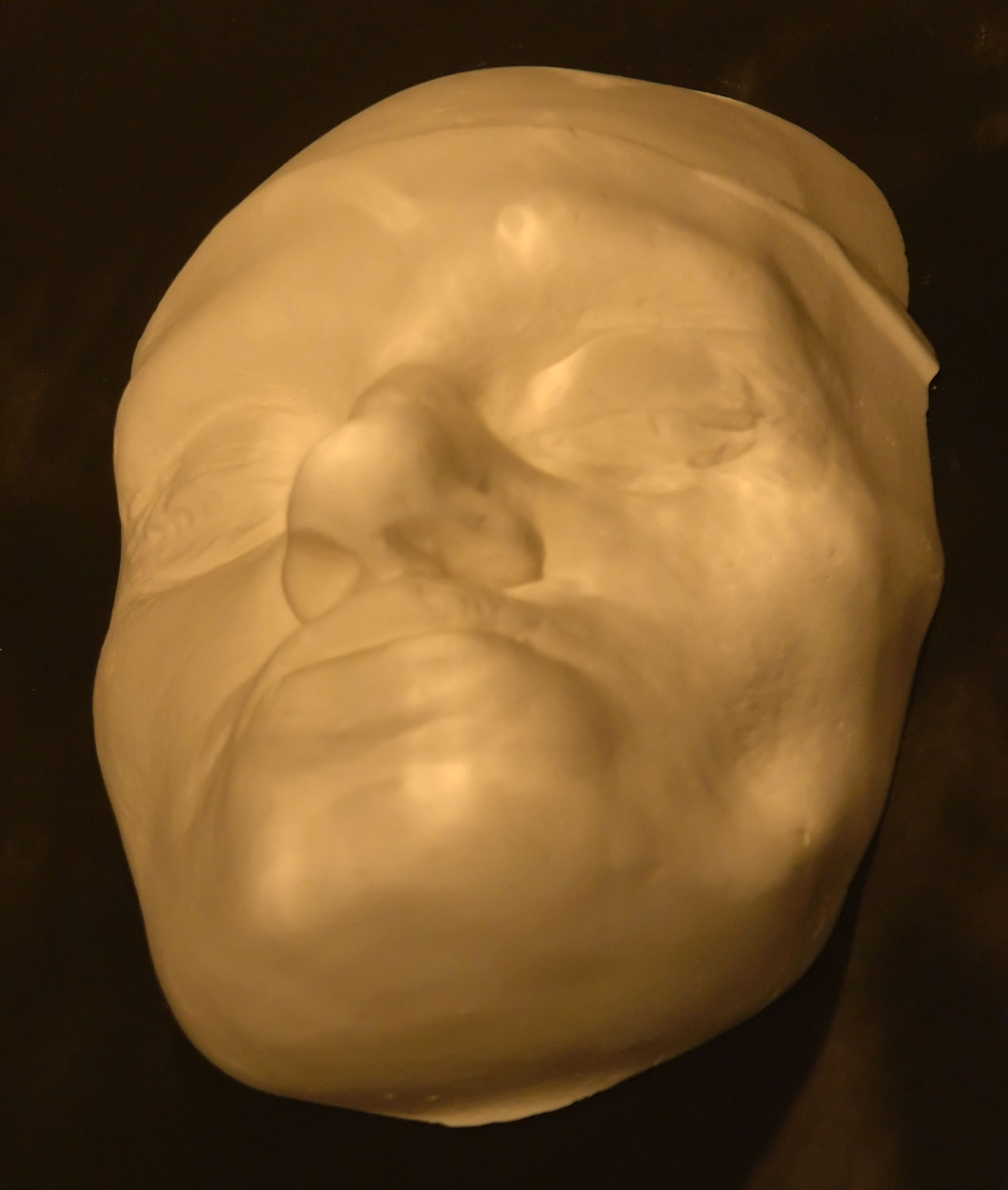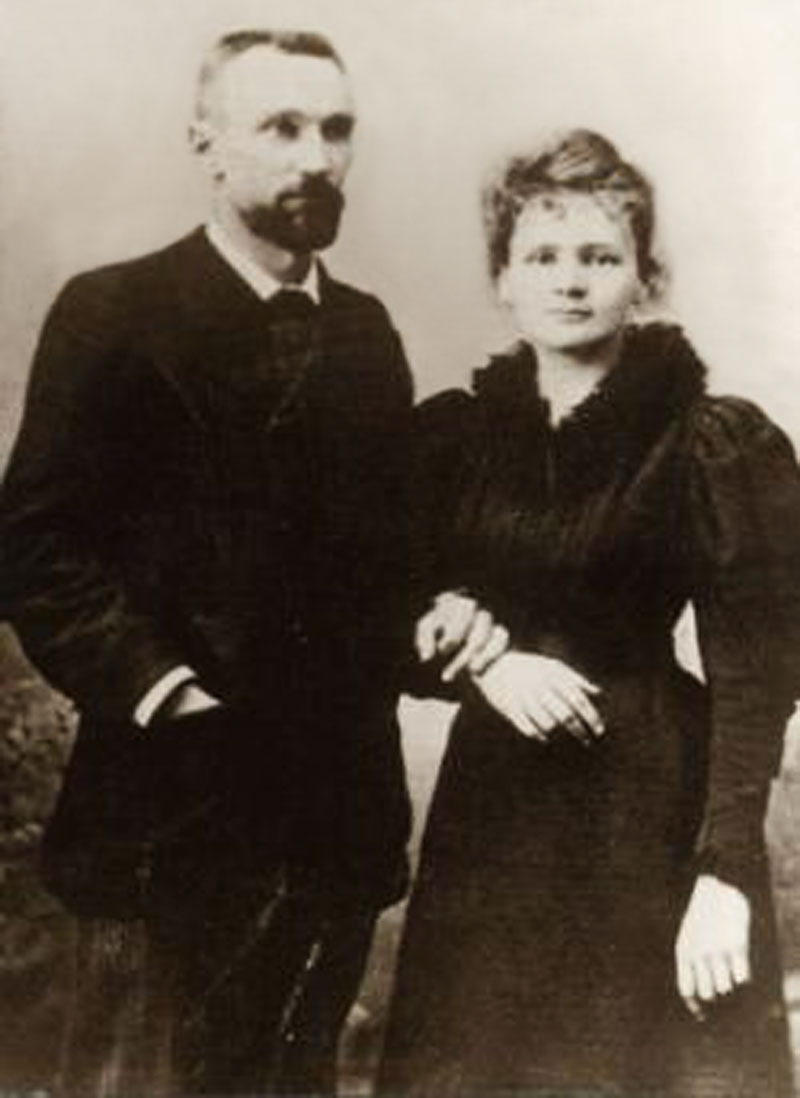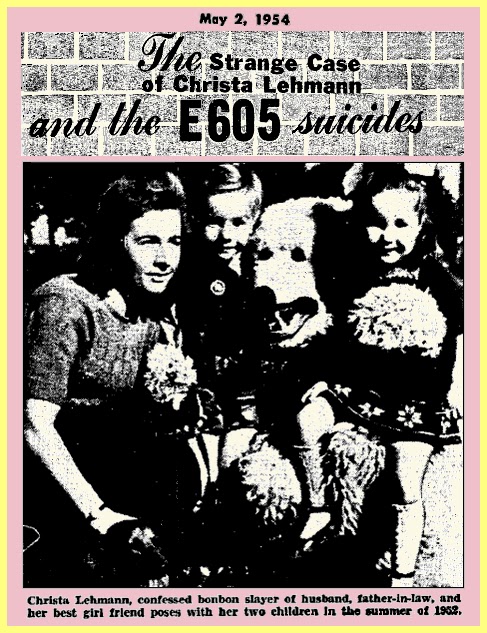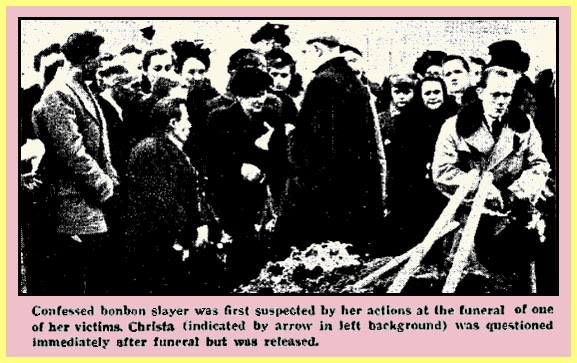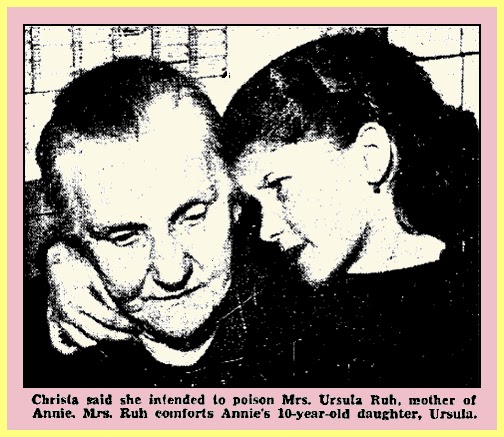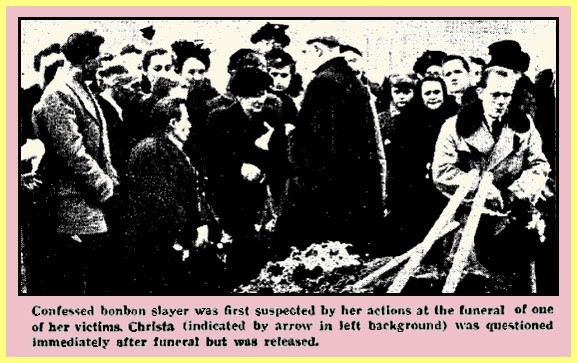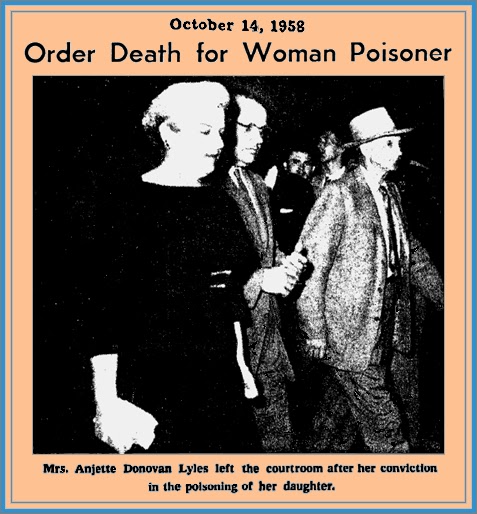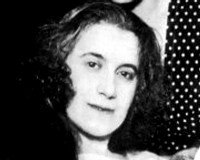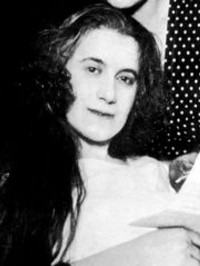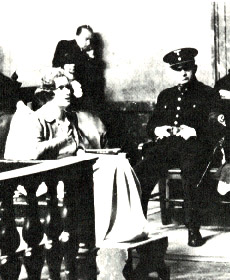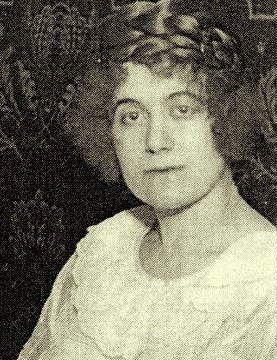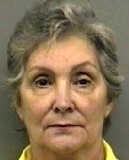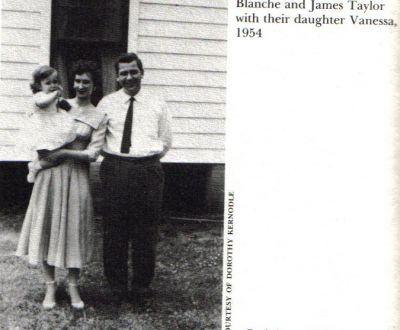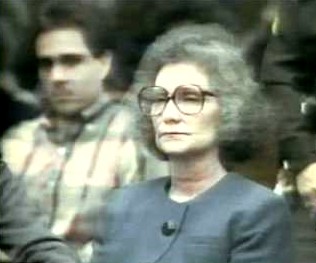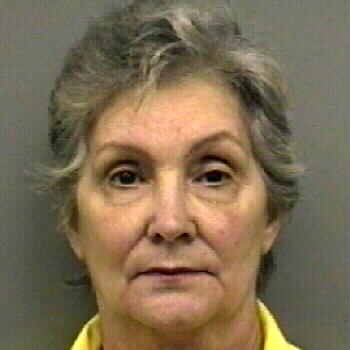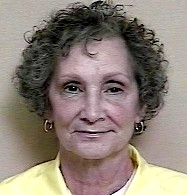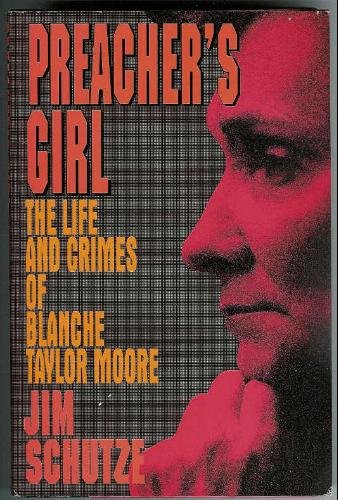Constance Fisher ... ...

 ... ... ... 6
... ... ... 6
aka ... ... location
... : ... ... ... ...
Urteil:
Constance FISHER was twice committed to the Augusta State Hospital after separate incidents in which her husband arrived home from work to find the couple's children dead.
In 1954, Fisher drowned her first three children in the bathtub. After five years at the hospital, Fisher was declared cured and returned home. In 1967, she drowned three more of her children. Found innocent as a result of mental illness, Fisher was recommitted. In October 1973, duck hunters came across Fisher's drowned body about seven miles downriver from the hospital.

aka ... ... location
... : ... ... ... ...
Urteil:
Constance FISHER was twice committed to the Augusta State Hospital after separate incidents in which her husband arrived home from work to find the couple's children dead.
In 1954, Fisher drowned her first three children in the bathtub. After five years at the hospital, Fisher was declared cured and returned home. In 1967, she drowned three more of her children. Found innocent as a result of mental illness, Fisher was recommitted. In October 1973, duck hunters came across Fisher's drowned body about seven miles downriver from the hospital.



